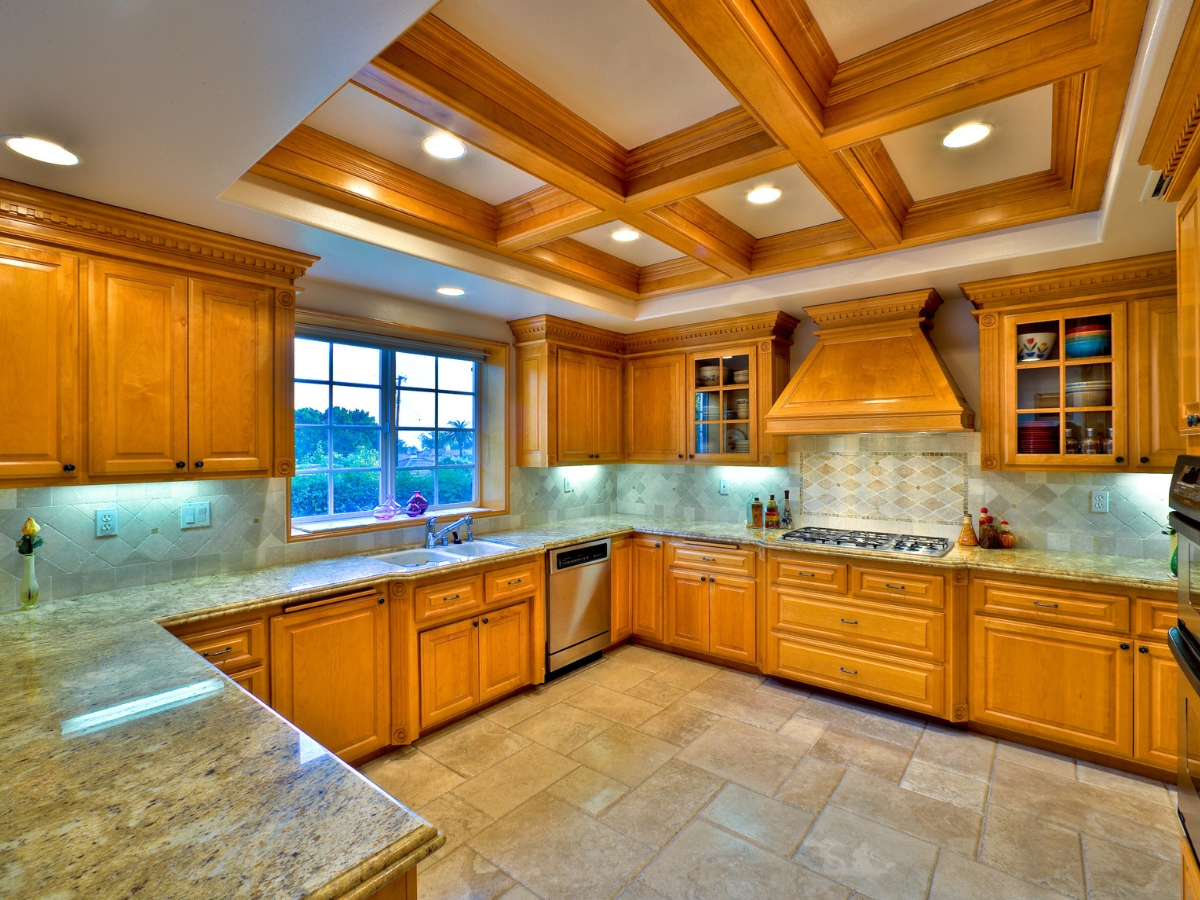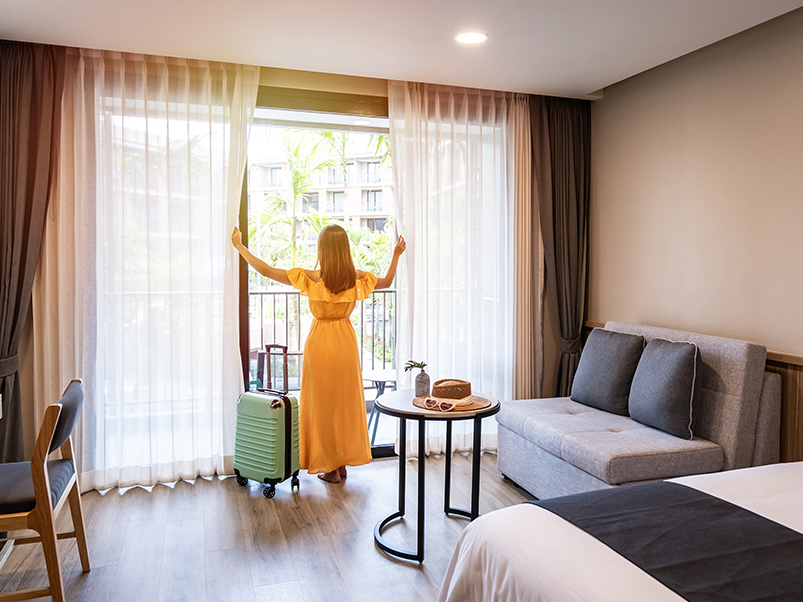
If you’ve ever turned on your tap and wondered, “Is this water really clean?”, you’re not alone. Across the United States, homeowners are dealing with everything from chlorine taste to hard water to invisible contaminants that affect health, plumbing, and appliances. And while under-sink filters help one faucet at a time, many families have decided it’s time for something bigger, cleaner, and more convenient — a whole house water filtration system.
In 2025, these systems have evolved. They’re smarter, more efficient, longer-lasting, and surprisingly easier to install thanks to modular components and DIY-friendly kits. Whether you're renovating a home, moving into a new build, or finally getting tired of buying bottled water, a whole house system might be one of the best investments you make this year.
This guide walks you through how whole home filtration works, how installation really goes, what to expect, common mistakes, and which systems Americans prefer in 2025.
Why Whole House Water Filtration Matters More Than Ever
In many U.S. regions, tap water still contains:
- Chlorine/chloramine added during treatment
- Sediment from aging pipelines
- Hard water minerals that damage plumbing
- PFAS (forever chemicals), common in many states
- Heavy metals like lead (especially in older homes)
- Microplastics, now being found nationwide
A whole house system filters every drop that enters your home — not just drinking water, but the water that touches your hair, skin, dishes, laundry, and appliances.
Americans today choose these systems not just for safety but for comfort:
- Softer showers
- Longer-lasting water heaters
- Better-tasting drinking water
- Cleaner laundry
- Less limescale on fixtures
- Peace of mind for families and pets
How a Whole House Filtration System Works
Think of your home’s water supply as a road. Before the water can spread out to all the rooms, it stops at a checkpoint just after your main water line. That’s where the filtration system sits.
Most modern whole-house systems include:
- Sediment Filter – catches sand, rust, dirt, and debris
- Carbon Filter – removes chlorine, chemical tastes, odors, and VOCs
- Optional Water Softener – eliminates hardness (calcium & magnesium)
- Optional UV Purifier – neutralizes bacteria, viruses, and parasites
- Optional RO (Point-of-Entry Reverse Osmosis) – highest-level purification for well water or contaminated municipal water
You can install these in combination depending on your water quality and local needs.
Before Installation: What You MUST Know
1. Test Your Water First
You need to know what you’re trying to remove. Water tests are inexpensive and accurate and available online or through local labs.
Suggestion Link:
https://www.amazon.com/home-water-test-kit
2. Choose the Right System Capacity
Capacity depends on:
- Number of bathrooms
- Number of household members
- Average U.S. daily water usage (80–100 gallons per person)
Buying too small will reduce pressure; buying too large is unnecessary.
3. Know Where to Install It
The system typically goes:
- Right after the main water shutoff valve
- In the garage, basement, or utility room
- Before the water heater (so you get filtered hot & cold water)
4. Gather the Required Tools
Most systems need:
- Adjustable wrench
- Pipe cutter
- Teflon tape
- Mounting brackets
- Plumber’s tape
- Shutoff valves
- PEX or copper fittings
If you’re not comfortable with plumbing, hiring a professional is absolutely fine — and common.
Step-by-Step Installation (Clear, Realistic Walkthrough)
Step 1: Shut Off the Main Water Supply
Locate the main valve and turn it off, then open a few taps to release pressure.
Step 2: Pick Your Mounting Spot
Choose a wall with enough clearance for filter replacements. Mark drilling holes for brackets.
Step 3: Cut the Main Water Line
Using a pipe cutter, remove a portion of the line where the filter will sit.
(Pro tip: put a bucket underneath — it will drip.)
Step 4: Install Shutoff Valves & Bypass Valve
A bypass valve allows you to keep water running if the system needs maintenance. Don’t skip this — future-you will thank you.
Step 5: Mount the System
Attach the system to the brackets securely. Ensure each filter is oriented correctly based on flow direction arrows.
Step 6: Connect the Plumbing
Use PEX, copper, or PVC fittings (depending on your home). Apply Teflon tape generously.
Step 7: Turn Water Back On Slowly
Check for leaks, tighten connections, and let water run for 5–10 minutes to flush the filters.
Step 8: Program Smart Systems (if applicable)
2025 models often feature:
- App connectivity
- Filter life alerts
- Water usage tracking
- Leak detection sensors
- Automatic shutoff timers
Connect to Wi-Fi and finish setup via the app.
Most Popular Whole House Systems in the U.S. (2025)
1. Aquasana Rhino Series
Great for large homes and long-lasting filtration.
Shopping link: https://www.aquasana.com (placeholder)
2. A.O. Smith Whole House Systems
Reliable and straightforward with accessible cartridges.
Shopping link: https://www.aosmith.com/home-water-filtration (placeholder)
3. GE Smart Whole Home Filtration
Smart monitoring + Wi-Fi alerts.
Shopping link: https://www.geappliances.com/water-filters
4. iSpring Whole House 3-Stage System
Budget-friendly but powerful for well water.
Shopping link: https://www.ispringfilter.com
5. Culligan Whole Home Solutions
Professionally installed and maintained.
Shopping link: https://www.culligan.com
DIY or Professional Installation?
Go DIY if:
- You’re comfortable cutting pipes
- You understand water pressure systems
- You’ve installed other plumbing fixtures
Hire a Pro if:
- You have an older home with unknown pipe conditions
- You’re installing add-ons like UV or softeners
- You want guaranteed pressure optimization
Average U.S. installation cost in 2025: $500–$1,400 depending on complexity.
Common Mistakes to Avoid
- Installing after the water heater (you want both hot & cold filtered)
- Skipping the bypass valve
- Installing too close to an electrical panel
- Forgetting to flush the system
- Choosing the wrong micron size or carbon type
- Ignoring annual or semi-annual maintenance
Maintenance: What Homeowners Should Expect
Maintenance varies depending on your system:
- Sediment filter: replace every 3–6 months
- Carbon filter: replace every 6–12 months
- Water softener salt: refill monthly
- UV bulb: replace yearly
- RO membranes: replace every 2–3 years
Smart systems remind you automatically.
Where to Buy Whole House Filtration Systems (US Links)
(Non-affiliate placeholders)
- Amazon: https://www.amazon.com/whole-house-water-filters
- Home Depot: https://www.homedepot.com/b/Whole-House-Water-Filtration
- Lowe’s: https://www.lowes.com/pl/Whole-house-water-filtration
- Aquasana: https://www.aquasana.com
- iSpring: https://www.ispringfilter.com
Final Thoughts: A Hidden Upgrade That Changes Everything
Once you install a whole house water filtration system, you’ll notice the difference immediately — softer showers, cleaner dishes, clearer drinking water, and longer-lasting plumbing and appliances. For many homeowners, this upgrade becomes one of the most satisfying and practical investments they ever make.
It’s not just about taste — it’s about health, home value, and peace of mind. And with modern 2025 systems, it’s easier than ever.



